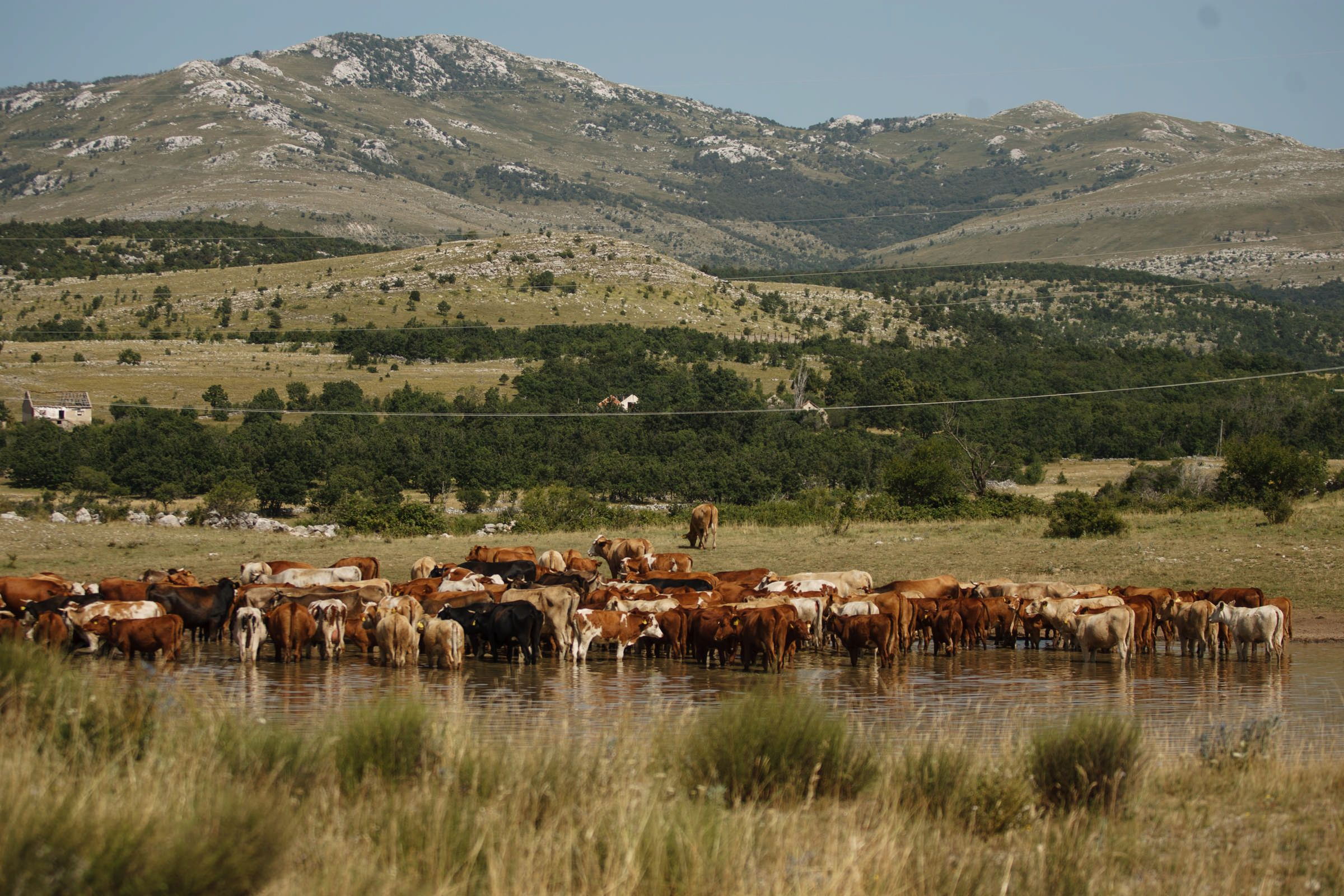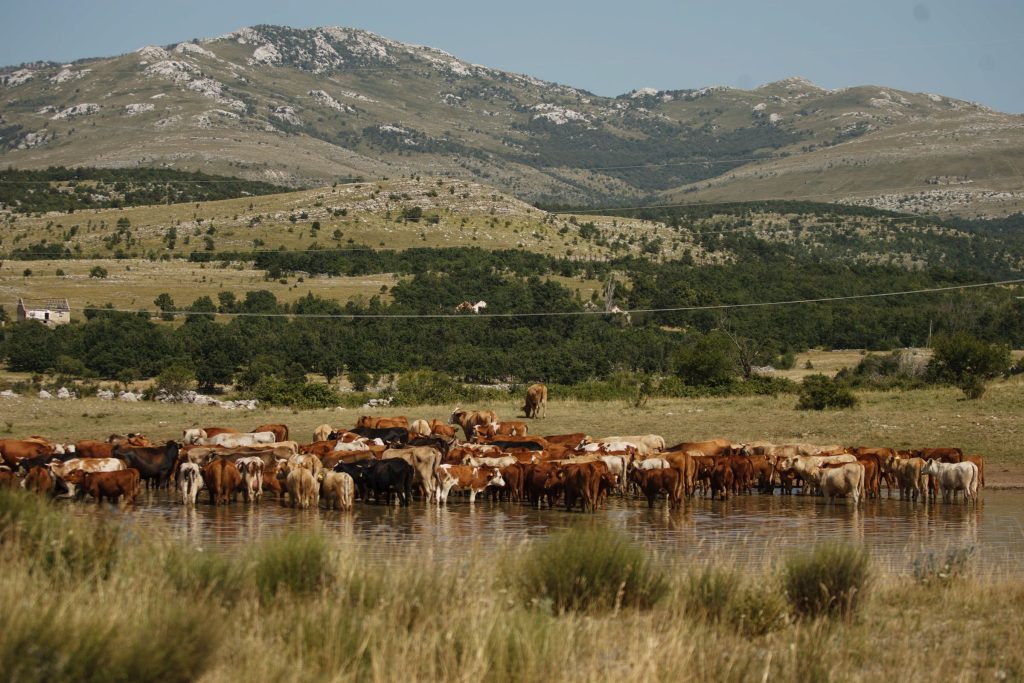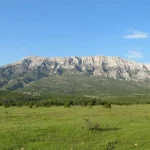
As Poslovni Dnevnik writes on the 22nd of May, 2020, a public presentation as part of the public insight into the Law on the Proclamation of the Dinara Nature Park was held recently in Knin.
The aforementioned Act will protect the Dinara massif (Dinara, Troglav and Kamešnica), the source part and the upper course of the river Cetina and the karst fields (Hrvatačko, Paško and Vrličko) along the Cetina river in the category of a nature park.
The event was attended by the Minister of Environmental Protection and Energy, Dr. Sc. Tomislav Ćorić, the Prefect of Šibenik-Knin County, Goran Pauk, the Prefect of Split-Dalmatia County Blaženko Boban, the Mayor of Knin dr. Sc. Marko Jelić and numerous citizens, representatives of non-governmental organisations and other interested parties.
Tomislav Ćorić pointed out that this is a special week for nature protection in Croatia. On May the 20th, 2020, the European Commission published a new Biodiversity Strategy for the period up until the year 2030, recently we marked Natura 2000 Day and then International Biodiversity Day and Nature Protection Day in Croatia, and this coming Sunday marks European Parks Week.
“The Dinara Nature Park will be the 12th nature park in the Republic of Croatia and together with eight other national parks, we’ll complete one set of 20 such protected areas. With the proclamation of the Dinara as a nature park, the share of protected areas on Croatian land will increase from 12 percent to 13 percent, and under the European ecological Natura 2000 network, there will be an increase from 36.7 percent to 39 percent of the European Union’s territory. This clearly shows what these 63,000 hectares of newly protected area will mean for the total capacity of protected areas in Croatia and, ultimately, what it will mean for the future of biodiversity in Croatia,” said Minister Ćorić.
He emphasised that this is the direction in which the whole of Europe and the world should head in, and that is the direction of nature protection, biodiversity conservation and environmental protection for those who will come long after we have died.
“Of the 63,000 hectares of the future Dinara Nature Park, almost two thirds of the area is located in Split-Dalmatia County,” said Split-Dalmatia County Prefect Blaženko Boban, adding that this is an area bordering Bosnia and Herzegovina and expressed hope that that part of the Dinara area on the territory of Bosnia and Herzegovina will also be protected.
Šibenik-Knin County Prefect Goran Pauk said that the proclamation of the Dinara Nature Park “will open this beautiful area up as a potential for the development of the entire area in a way that doesn’t disturb the original natural beauty it boasts, and at the same time make the Dinara more accessible to both locals and visitors,”
“I hope that the first session of Parliament will promulgate this law. We’ll have a nature park and we’ll protect what’s most important to us. The Krka and Cetina rivers have their springs in the future Dinara Nature Park and without them there would be no life for us either,” said the Mayor of Knin, Marko Jelić.
The adoption of the proposed Law on the Proclamation of the Dinara Nature Park would create all of the legal preconditions for the establishment of a public institution, the adoption of a spatial plan for special features and the Dinara Nature Park management plan, which would further regulate the protection, improvement and general use and management of this protected area and its abundant nature.
The future Dinara Nature Park envisages the protection of an area of 63,052 hectares in both Šibenik-Knin and Split-Dalmatia counties, which is the largest area to be called a nature park after Velebit (200,000 hectares).
Otherwise, the overall Dinara area is extremely rich in endemic and endangered species. It is home to over 1000 plant species (one fifth of the total Croatian flora), of which 75 are endemic. Over 20 endemic species of animals are known, including one very special little mammal – the Dinaric vole.
The highest peak in the Republic of Croatia, Sinjal, which is 1831 metres tall, is also found there.
Make sure to follow our lifestyle page for more.












